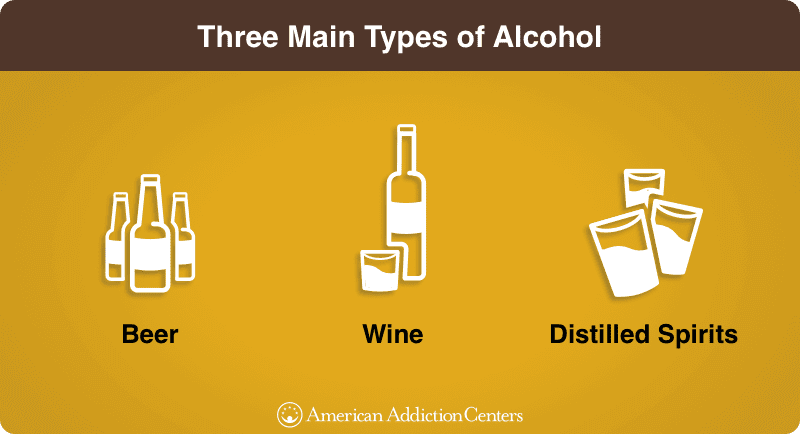Some Known Questions About What Is The Medical Model Of Addiction Treatment.
Treatment plans that are negotiated directly with customers welcome the client to share both effort and obligation for figuring out the course of therapy, including both objective and the steps to take in making every effort Discover more to reach those objectives. Current work points toward the worth of tailoring treatments to people in their particular sociocultural contexts.
Therapy dyads can also generate and evaluate "person-specific" hypotheses about the practical relationships in between appropriate factors indentified in the case solution of the customer's concerns (Mumma, Marshall & Muir, 2018). In amount, a convenient treatment plan is responsive to the client's stated interests, offers versatile structure, strengthens customer option, supports decision-making, and promotes responsibility for outcomes of client habits.
The first part is the reasoning offered to the client for generating a strategy; this includes the therapist's thoughtful action to the client's response to the planning proposition. As soon as the customer accepts collaborate on a strategy, the 2nd element specifies the problem(s) to be resolved in therapy. Third, planning involves information of goals to be attempted, with the wanted basic result to be either resolution of the problem or a minimum of decrease of its damaging effect.
These actions towards the goal assistance make the procedure of altering behavior more reasonable and manageable for both the customer and the therapist. Fifth, planning specifies methods to be used for working on each goal, or jobs to be undertaken in efforts to approach goals. The value of individualizing the significance of measures taken and responding flexibly to clients expectations will likewise be stressed.
The present section is structured around these six parts of a treatment strategy - why aren't addiction treatment centers federally regulated. The rationale for involving the client as much as possible in official planning of a course of treatment will be followed by a presentation of some typical problems focal to lots of cases of substance use conditions. These include low inspiration and low self-efficacy for altering bothersome behaviors.
These goals consist of (a) increasing the customer's inspiration and self-efficacy for change, (b) improving clients' understanding of their ideas, sensations and behaviors connected with substance use and related problems, and (c) appealing customers in action planned to promote change. Within the sections covering each general objective, practical objectives, approaches, and timeframes will be described, with a specific focus on significant goals for each goal.
Interventions to deal with extra problems related to substance use conditions and related issues are detailed in Glidden-Tracey (2005) together with considerations for preparing termination. Clients who misuse drugs or alcohol often do not have structure in substantial parts of their lives. Due to the fact that their time is highly arranged around alcohol or drug-related activities, or because their compound usage blunts their capability for executive functioning (or both), they might have difficulty setting practical objectives, establishing practical strategies, or keeping determined effort in realms of life beyond compound use and the activities necessary to keep utilizing.

The smart Trick of What Is The Associate Level Position In The Field Of Addiction Treatment That Nobody is Discussing
Even more pointing to the disorderly nature of a compound use condition, diagnostic criteria specify that the symptomatic individual tries to quit using however can not, or disregards essential life functions in favor of continued compound use, or keeps on drinking or drugging even in the face of seriously unfavorable repercussions. how many addiction treatment centers are there in the us. People whose days have actually been organized around drugs or made complex by alcohol have much to gain from the structured activity of preparation treatment with a therapist.
By hence identifying issues, inconsistencies, and goals, the therapist can help customers select how they can utilize their time together in treatment sessions to promote development toward those objectives. Collaboration to recognize and focus on particular goals and strategies with timeframes for reaching those goals helps the therapist and customer together develop a treatment plan tailored to the individual customers interests and issues (Washton and Zweben, 2006) - where http://dallaspevp233.trexgame.net/h1-style-clear-both-id-content-section-0-the-of-psychologists-who-treat-pregnancy-and-addiction-treatment-h1 to get treatment in uk for drug addiction.
When the client concurs to a negotiated plan, the therapist will refocus on the preparation procedure when needed to clarify issues through further assessment. Therapists can likewise carry out periodic evaluation of the treatment plan to assist specify client choices and to pick and carry out actions. In addition, evaluation of a treatment strategy also incorporates examination of the outcomes of those actions and modification of the strategy as the work progresses.

Engaging a customer in collaborative treatment planning remains in itself an intervention that adds to progress in treatment. Hopefully it is already clear that I want to focus on the active procedure of planning treatment as well as the gotten product of a document to be submitted in the client's record.
It can serve as a nonbinding contract of sorts to direct subsequent deals in the treatment relationship. However the underlying facility is that without integrating the customer's viewpoint and triggering the client's effort, the document will deserve little more than the paper it is written on. Informing an alcoholic customer that he requires to stop drinking will not assist till the client consents to give up. Clients who have been dealing with their anger, unhappiness, aggravation, or anxiety by masking sensations behind substance-induced affect can gain from a therapist's tips about other effective methods for managing difficult emotions. Glidden-Tracey (2005, Chapter 9) addresses interventions to assist customers manage difficult affect consolidated Alcohol Detox the issues that bring them to treatment.
Clients who concur to goals of managing psychological arousal that disrupts effective efficiency typically need the task broken down into manageable steps. To help plan treatment techniques for emotion management objectives, the therapist can make use of the classic approach-avoidance dispute paradigm posed by Dollard and Miller (1950 ). Currently discussed is the propensity for compound users in treatment to feel ambivalent about changing their patterns of usage, given that their substance usage yields both pleasant and uneasy results.
Dollard and Miller (1950) empirically confirmed their hypotheses that the tendency to approach an objective would be stronger when the individual is further from the goal, however avoidance activity increases quickly and ultimately surpasses the method tendency as the specific gets closer to the goal. The client sitting in the therapist's workplace with primed awareness of the unwanted aspects of substance use that landed the customer there is at that point more motivated to approach the objectives of treatment than the customer will be during the time between sessions when opportunities develop to act counter to objectives and goals.
Unknown Facts About What Are The Treatment For Video Game Addiction
Regularly the client gets distressed about the clashing pulls. The client may be more lured to avoid thinking of either the objectives or the related dispute by giving into the urge to utilize the substance, which guarantees remedy for conflicting sensations, nevertheless temporary. A client who frets about handling pals who press him to drink with them can benefit from consideration in therapy of what he can do in those minutes to stick to his goals and deal with the corresponding sensations.
